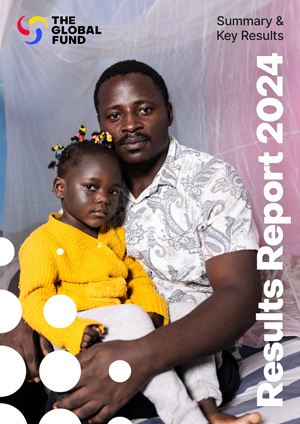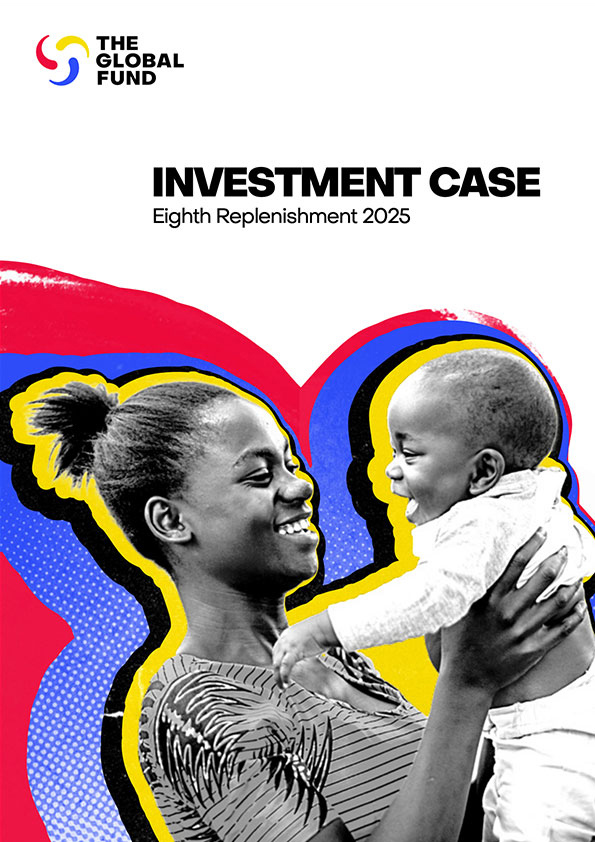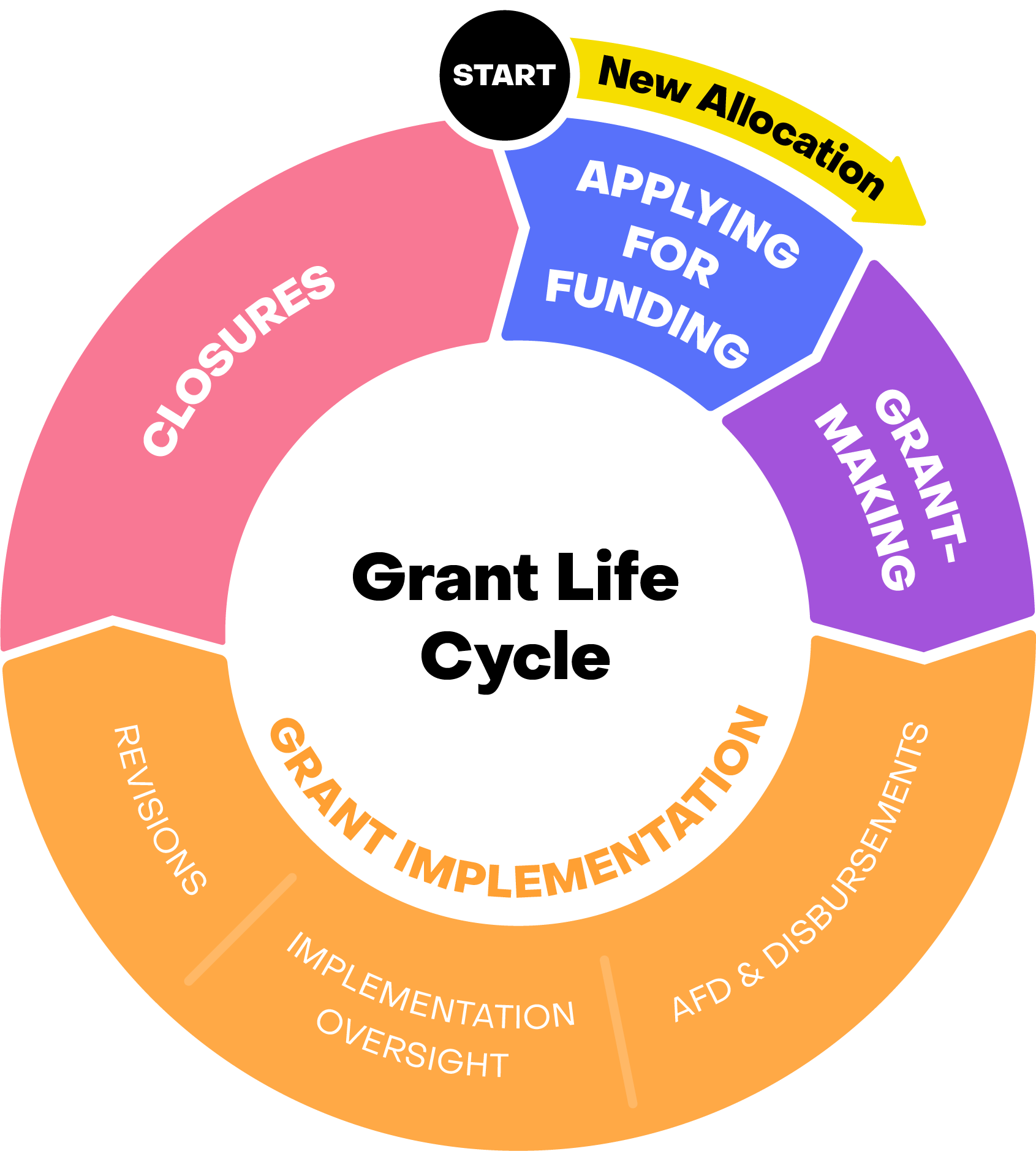Our Funding Cycle
The Global Fund invests in the fight against HIV, tuberculosis (TB) and malaria through a partnership-based funding model. We raise funds in three-year cycles known as Replenishments, and funding is then allocated to eligible countries to support HIV, TB and malaria programs in those countries.
We ask governments, civil society, people affected by the diseases, technical partners, the private sector and other partners to come together to decide how to best use the funding to meet the needs of people and communities. This is done through inclusive consultations called ‘country dialogues’, organized by Country Coordinating Mechanisms (CCMs), which are expected to take place throughout the funding cycle. Using the outcomes of the country dialogue, and a nationally-developed plan for combating one of the diseases, a CCM will then develop a funding request. The funding request is the plan for how the country would use the allocated funds if approved.
CCMs submit their funding requests for review by the Global Fund’s Technical Review Panel to make sure that the proposed programs are aligned with the latest technical guidance and will help eliminate the three diseases as public health threats. As a part of their review, the panel may ask for changes to the programs or make recommendations for improvement.
Once approved by the Technical Review Panel, the funding request is turned into one or more grants through a process called grant-making. The CCM and the Global Fund work to prepare the grant with a Principal Recipient, the partner who was nominated to implement the grant. The process sets out how and when activities will be implemented and evaluated.
The Grant Approvals Committee, which is made up of senior management at the Global Fund and representatives of technical, bilateral and multilateral partners, reviews the final version of the grant. They then recommend it to the Board of the Global Fund for approval. Following Board approval, the first grant disbursement is made.
The effective implementation and monitoring of grants is at the core of our work to end HIV, TB and malaria as epidemics. It forms the longest part of the funding cycle. The Principal Recipient implements a grant, with the CCM and Global Fund monitoring implementation on an ongoing basis. Regular reviews are performed and reported to the Global Fund to help anticipate issues, remove bottlenecks, and course-correct.
When a grant comes to an end, a close-out process is triggered, following a set plan and budget. Following the last disbursement of funds, the grant is then closed.









